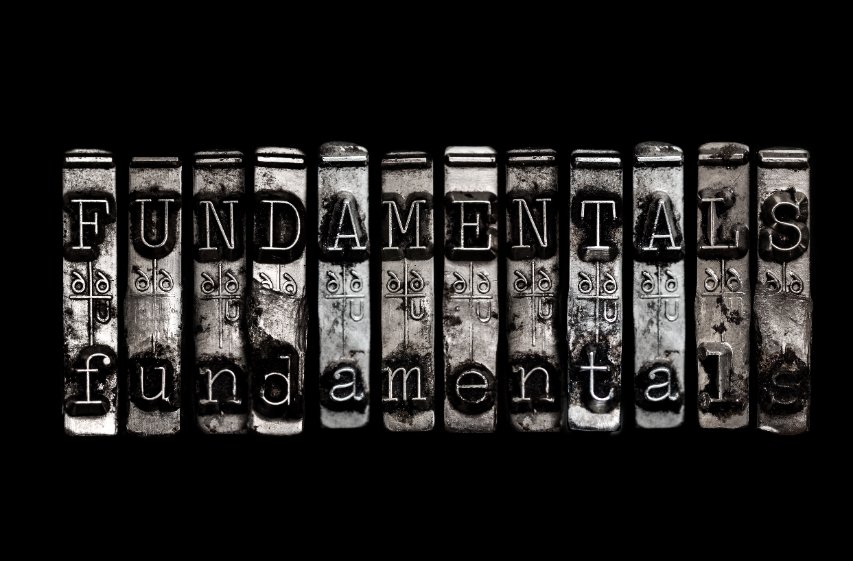by Concert VDC
For centuries, paper-based drawings have been king in design and construction. It is embodied in movies, popular culture, and public perception. Until today! With the release of the 2022 AIA Digital Practice Documents, information-rich 3D models and data can now be added to the architect’s contract deliverables – and paper’s days are numbered. In this first module of our multi-part discussion, we present the basics of the new fundamentals of project delivery.
Meet the Documents
There are eight components to the Digital Practice Document suite (we suggest you review them all here). The most important are:
- E201-2022 BIM Exhibit for Sharing Models with Project Participants, Where Model Versions May be Enumerated as a Contract Document – This defines what digital design data will be included as contractually deliverable information between the project participants..
- G203-2022 BIM Execution Plan (BEP) – The BEP is critical to defining the processes, practices, and timeframe for documenting, authorizing, and sharing digital design data. While the BEP has been around since 2013, this new version helps set the table for digital deliverables. The 2022 version also carries the weight of being a component of the contract.
These two exhibits are important because they disrupt the status quo. Project teams must now make decisions early about what digital design data will be included as part of the contract documents, how the data will be created and delivered, and how it will be incorporated into the base agreements.
Perceived Risks
Will this change result in the burden of perfect BIM and digital data? No! These agreements don’t oblige the design team to higher standards of delivery, the professional standard of care still applies. The documents clearly stipulate that “model portions” as well as “other data” must be identified in the BIM Execution Plan (BEP) to be tailored to meet the right-of-reliance standards. The Project Team of owner-architect-constructor defines which systems, building elements, or digital data will serve as a supplement to the paper documents (as long as paper documents are still used). This opens the door for “model-to-machine” fabrication, improved prefabrication workflows, better communication of building geometries, improved cost estimation, and so much more. The stage is set for the birth of full digital delivery across the design and construction ecosystem. We will explore these issues in more detail in module two of this series – Risk, Challenge, and Reward.
The Way Forward
Let’s be clear – your data has untapped value. The Architect and Owner as leaders of the Project Team will identify the opportunities and determine how data will be communicated. The 2022 AIA Digital Practice Documents provide the platform to define how that data will be relied upon as a contract deliverable. Finally, Owners and Architects have a mechanism to deeply collaborate with their construction partners. This is a historic shift.
Concert was purpose-built to accommodate these digital systems. Our unique data sharing, authorization, and authentication services instill trust and accountability for all project participants. Our Blockchain backbone protects your data and intellectual property using the latest in Web3 technology because your data is valuable. Concert is the only tool in the market that meets the requirements to exchange reliable design data from design through construction through final handover.
Visit us at www.concertvdc.com and follow us on LinkedIn.





